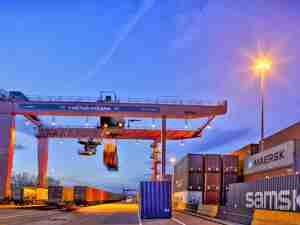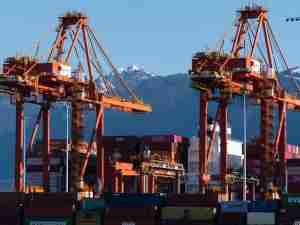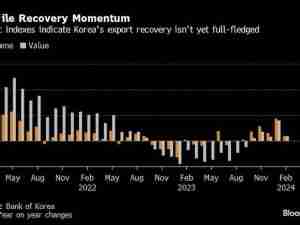The Global Forest and Paper Industry Summit 2005 was an event that was bound to attract hundreds of protestors from across Canada and the United States to express their concerns about the world's ecosystem.
Some, dressed as caribou, salmon and bears, tried to focus public attention on what they perceive as the widespread destruction of Canada's forests and endangered species in British Columbia, such as the Mountain Caribou.
While the demonstrations were going on, however, roughly 600 delegates from 25 countries attending the history-making summit listened to a PricewaterhouseCoopers (PwC) report on the global forest industry, discussed the challenges facing the industry worldwide, talked about wood promotion and, most importantly, discussed the Doha round of WTO negotiations.
As Stephen Jacobi, CEO of the New Zealand Forest Industries Council said in a prepared statement: "Our goal is simple. We want a positive outcome for our sector from the Doha negotiations. That means, above all, eliminating tariffs and meaningful action to address non-tariff barriers in our sector.
"Our industries need this to expand output and jobs and to continue making the enormous economic, social and environmental contribution on which our countries depend."
Eliminating barriers
Jacobi's remarks were echoed by Avrim Lazar, president of the Forest Products Association of Canada.
"Trade liberalization is an opportunity offering enormous benefits in terms of new markets and new uses of wood and paper products, which are often more environmentally friendly and ecologically sustainable than competing materials.
"Expanded trade leads to the efficient use of resources and can generate economic growth, leading to poverty alleviation. There are few policy instruments that can so decisively influence the future of the forest products industry in both developing and developed countries in the next decade than eliminating barriers."
Henson Moore, president and CEO of the American Forest & Paper Association urged governments internationally to be prepared to make their point at the upcoming WTO Ministerial in Hong Kong.
"Time is running out and the negotiations remain at a delicate stage," Moore said. "Negotiators need to set aside their defensive positions and focus on the benefits of trade liberalization, both for their countries and for the global economy as a whole."
The landmark conference was anchored by PwC and the presentation of the firm's report on the global forest and paper industries was a keynote event.
In that presentation PwC said the world's forest and paper industries saw some improvements last year. Return on capital was estimated at 5.4%, an improvement over the past four years, but still short of the 10 to 12% the industry needs to stay competitive.
Revenues from the global forest and paper industry were up eight percent to $343 billion compared to $319 billion in 2003 and net earnings almost doubled to $14 billion in 2004.
Craig Campbell of PwC told the group, "We are slowly returning to earnings levels last seen in 2000. But a lot of the sectors are still struggling with overcapacity due to new production coming on-stream in the Southern Hemisphere.
"Further consolidation and closure of high-cost production is needed to made the industry attractive to investors."
Campbell said British Columbia was found to be among the best performers. Capital investments in the province have resulted in larger, more efficient, mills.
Oriented Strand Board (OSB) prices have experienced a 28% price increase over last year, Campbell said. (See related article, page X.) This buoyancy has come primarily from concentration in the OSB sector. "The top five North American OSB producers have a 70% market share, which leads to a better linkage between demand and supply," he said.
While pulp prices have experienced an increase over the past








